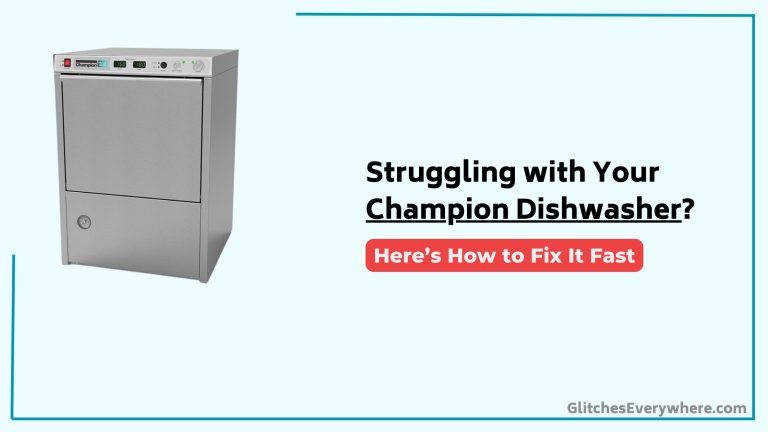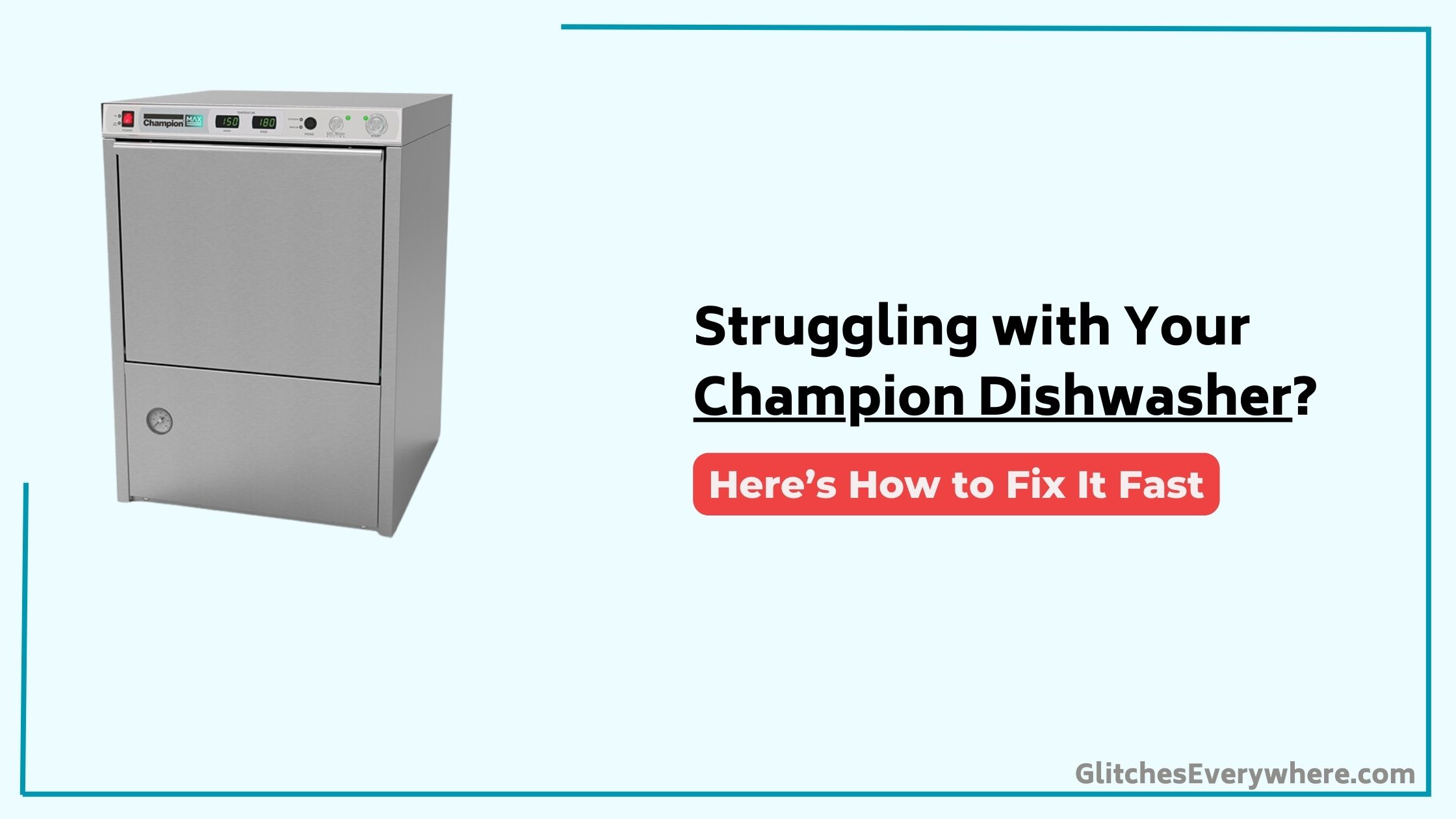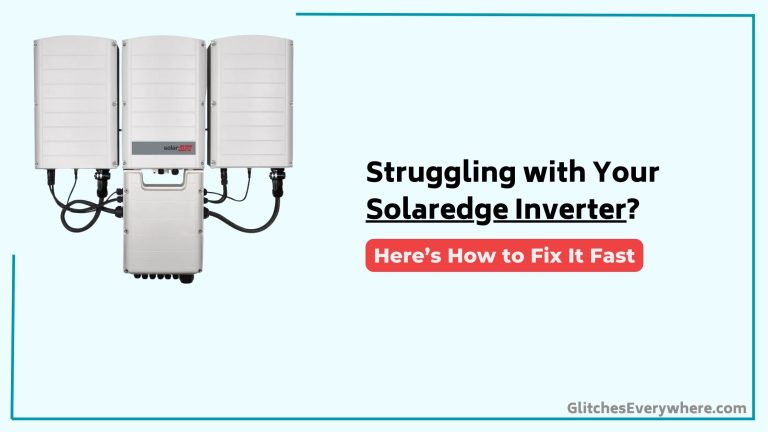The Sewage Ejector Pump is a great device, but like all electronics, it sometimes has its issues. If your Sewage Ejector Pump is not working, take a look at this troubleshooting guide.
We’ve collected answers to the most frequent reasons you’ll see Sewage Ejector Pump not working and explained them in plain language for easy troubleshooting.

Contents
Quick Fix
To troubleshoot a sewage ejector pump, check the power supply and float switch, clear any clogs in the pump or discharge line, clean the pump and basin, and inspect for motor or impeller damage.
Diagnosing Common Issues
When your sewage ejector pump fails, it’s essential to identify the problem quickly to prevent further damage and unsanitary conditions.
You’ll need to troubleshoot common issues to get your pump up and running again. Check the electrical connections and control panel for any signs of malfunction.
If the pump fails to start, inspect the float switch for malfunctions or misalignment. Regular maintenance can help prevent pump failure, but if the water level rises, it may be a sign of a more serious issue.
Switch Failure and Replacement
A faulty float switch can be the culprit behind your sewage ejector pump’s failure to function.
This common point of failure can be easily replaced, saving you money on plumber costs. To replace the switch, you’ll need to attach the new switch cord to the pump at the same point as the old cord.
Certify the circuit breaker and GFCI outlet are checked before starting the repair. After replacement, run water for a minute to flush out dirty water and guarantee the pump is functioning properly.
With a new switch, your ejector pump should be up and running again, efficiently handling sewage and water.
Pump Won’t Start or Run
Your sewage ejector pump won’t start or run, leaving you with a serious problem on your hands.
First, check the power supply to verify it’s receiving electricity. If it is, the issue might be with the electrical components. If you’re not familiar with these components, it’s best to seek professional assistance to diagnose the underlying cause.
Sometimes, pumps won’t start due to a faulty switch or relay. If your sewage pump fails to run continuously, it may be a sign of deeper pump issues.
Identifying the root cause is vital to resolving the problem and getting your pump to run smoothly again.
Leaks, Noises, and Other Problems
Leaks, noises, and other problems can also hinder the proper functioning of your sewage ejector pump. These issues can be caused by various factors, including broken valves, cracked pipework, and malfunctioning system components.
| Problem | Causes and Solutions |
|---|---|
| Leaks | Broken valves, cracked pipework, failed non-return valves. Replace or repair valves and pipework. |
| Noises (vibrations, banging) | Improperly secured pipes, malfunctioning system check valves, impellors not secured within pump casing. Secure pipes, install quieter valves. |
| Loud Noises | Malfunctioning float switch, electrical faults. Seek professional attention to prevent further damage. |
| Other Problems | Failure to address leaks and noises can lead to burnout, bad smells, and system downtime. Regular maintenance and prompt troubleshooting are essential. |
Maintenance and Prevention
Regularly checking your sewage ejector pump system can help prevent many issues from arising in the first place.
You’ll want to inspect the pump and its components for signs of wear, as a faulty pump can indicate larger problems in your wastewater management system. Pumps are essential for efficient wastewater management, and they play a vital role in preventing Common Problems.
By performing routine maintenance, you can help prevent issues before they become major problems. Pumps can encounter a range of issues, from clogs to electrical failures.
Stay on top of maintenance to guarantee your sewage ejector pump system runs smoothly and efficiently.
Frequently Asked Questions
How to Know if an Ejector Pump Is Bad?
You’ll know if an ejector pump is bad if it’s experiencing issues like a faulty motor, worn impeller, or electrical surge damage. Check for corrosion, bad bearings, or a faulty capacitor, as well as clogged intake, broken shaft, or rusted housing, which can cause excessive vibration.
Why Is My Sewage Ejector Pump Not Pumping?
You’re wondering why your sewage ejector pump isn’t pumping? It could be due to a clogged impeller, faulty motor, loose wiring, corrosion issues, old age, worn bearings, recent power outages, stuck float, faulty controller, or low voltage – all common culprits that require attention.
Can an Ejector Pump Be Repaired?
You can refurbish your ejector pump by tackling motor repairs, replacing faulty impellers, and cleaning corrosion, or opt for seal, bearing, or capacitor replacements, as well as rebalancing and electrical component troubleshooting, making repair a viable option.
Why Is My Ejector Pump Switch Not Working?
You’re stuck in a mess, wondering why your ejector pump switch isn’t working. It’s likely due to faulty wiring, loose connections, corroded terminals, a faulty relay, bad capacitor, tripped circuit, inadequate voltage, incorrect installation, worn-out contacts, or a misaligned sensor – any of which can bring your system to a grinding halt.
Conclusion
By following these troubleshooting steps, you’ve taken the first vital step in resolving sewage ejector pump issues. Remember, prompt action is key to preventing further damage and unsanitary conditions. Did you know that according to the EPA, a single sewage backup incident can cost up to $5,000 in cleanup and repairs? Stay on top of regular maintenance and inspections to avoid such costly consequences.



















